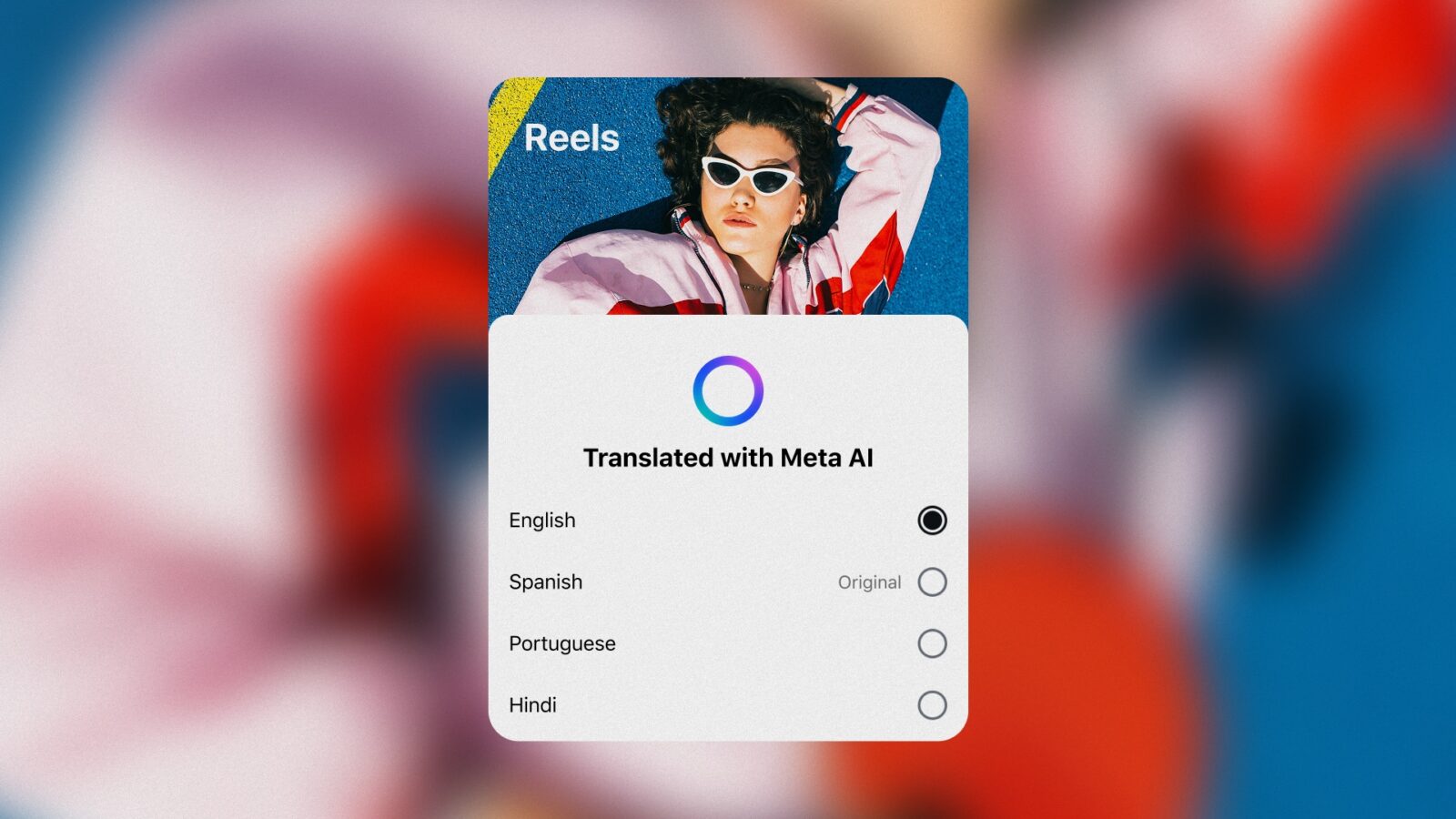Microsoft has announced deeper Copilot integration within OneDrive for enterprise users, expanding its suite of AI-assisted productivity tools. The update, unveiled during the company’s Copilot + OneDrive event, continues Microsoft’s broader effort to embed Copilot functionality across its ecosystem, streamlining how users interact with files and shared content in the cloud.
Copilot in OneDrive already helps business users extract information, compare documents, and generate summaries or insights without opening files directly. It can also produce audio summaries of Word documents, PDFs, and Teams meeting recordings—useful for employees who prefer quick, digestible updates. Until now, these features required selecting files and manually invoking Copilot through the command bar or the “More actions” menu.
The new update introduces a persistent floating Copilot icon in OneDrive for the web, available to licensed Copilot users. This icon appears alongside files and enables one-click actions such as “Summarize these files” or “Compare these files.” The addition is designed to make Copilot’s functionality feel native rather than optional, minimizing friction in day-to-day workflows.
Microsoft also announced that all new Word documents created on Windows Insider builds will now be saved directly to OneDrive, activating autosave by default. The shift strengthens Microsoft’s push toward cloud-first document management and ensures that collaborative editing and version history are seamlessly maintained.
For enterprise users, Microsoft is further refining shared library access—a cornerstone of OneDrive’s utility within large organizations. Users can now add shortcuts to shared libraries and individual files, simplifying navigation and reducing the need to manually browse through multiple folders.
Looking ahead, Microsoft outlined three major AI-driven capabilities coming to OneDrive. The first will transform search results into insight-based responses rather than static file lists. The second introduces customizable agents linked to specific folders, allowing teams to query or summarize content directly. The third feature, a new Research Agent, will let users generate structured research reports with minimal input.






